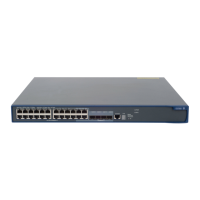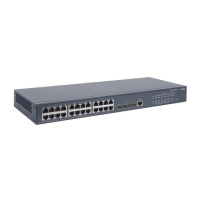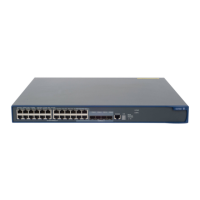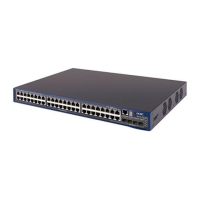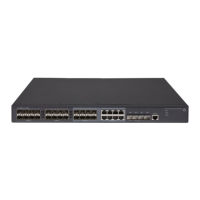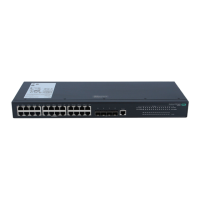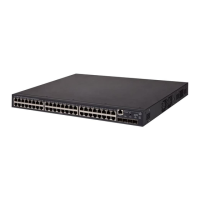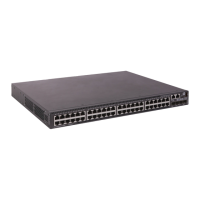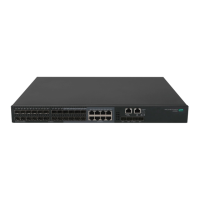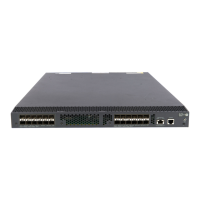29
To do… Use the command… Remarks
Enable accounting-on and
configure parameters
accounting-on enable
[ interval seconds | send
send-times ] *
Required
Disabled by default.
The default interval is 3 seconds and the
default number of send-times is 50.
NOTE:
The accounting-on feature requires the cooperation of the iMC network management system.
Specifying a security policy server
The core of the EAD solution is integration and cooperation, and the security policy server is the
management and control center. As a collection of software, the security policy server provides functions
such as user management, security policy management, security status assessment, security cooperation
control, and security event audit.
The NAS checks the validity of received control packets and accepts only control packets from known
servers. To use a security policy server that is independent of the AAA servers, you must configure the IP
address of the security policy server on the NAS. To implement all EAD functions, configure both the IP
address of the iMC security policy server and that of the iMC configuration platform on the NAS.
Follow these steps to specify a security policy server:
To do… Use the command… Remarks
Enter system view system-view —
Enter RADIUS scheme view radius scheme radius-scheme-name —
Specify a security policy server security-policy-server ip-address
Required
No security policy server is
specified by default
NOTE:
You can specify up to eight security policy servers for a RADIUS scheme.
Configuring interpretation of RADIUS class attribute as CAR parameters
According to RFC 2865, a RADIUS server assigns the RADIUS class attribute (attribute 25) to a RADIUS
client. However, the RFC only requires the RADIUS client to send the attribute to the accounting server on
an "as is" basis; it does not require the RADIUS client to interpret the attribute. Some RADIUS servers use
the class attribute to deliver the assigned committed access rate (CAR) parameters. In this case, the
access devices need to interpret the attribute to implement user-based traffic monitoring and controlling.
To support such applications, configure the access devices to interpret the class attribute as the CAR
parameters.
Follow these steps to configure the RADIUS client to interpret the class attribute as the CAR parameters:
To do… Use the command… Remarks
Enter system view system-view —
Enter RADIUS scheme view
radius scheme
radius-scheme-name
—
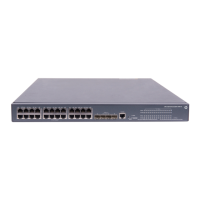
